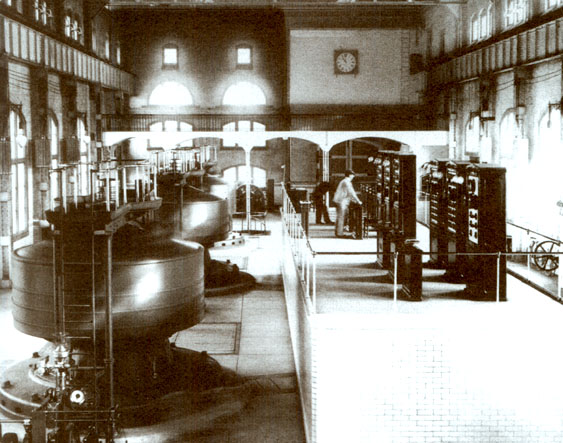
Adam's power station with three Tesla AC generators at Niagara Falls.
SOURCE: Tesla Society. November 16, 1896.
As a result of the successful Columbian Exposition, Tesla and Westinghouse won the bid to build an AC power plant at Niagara Falls.
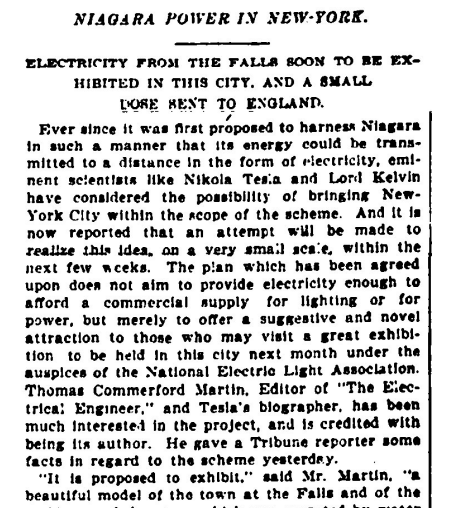
Announcement for Niagara Power Station. SOURCE: New York Herald Tribune, April 1896.
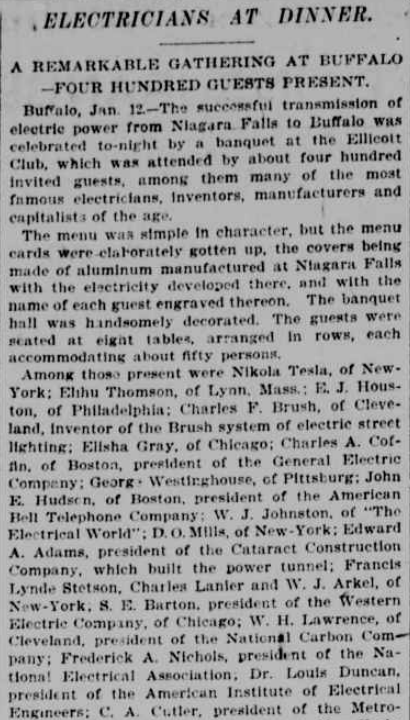
Article about the Niagara Power Plant's Completion. SOURCE: New-York tribune, January 1897.
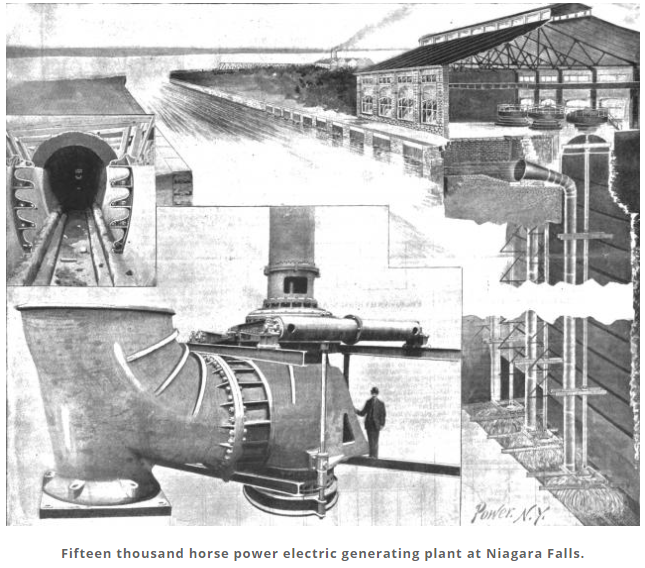
Drawing of the Niagara Falls Power Stations. SOURCE: Scientific American Supplement, February 1894.
It became the first large-scale, alternating current electric plant in the world, breaking barriers on how electricity was being distributed to communities.

Adam's power station with three Tesla AC generators at Niagara Falls.
SOURCE: Tesla Society. November 16, 1896.
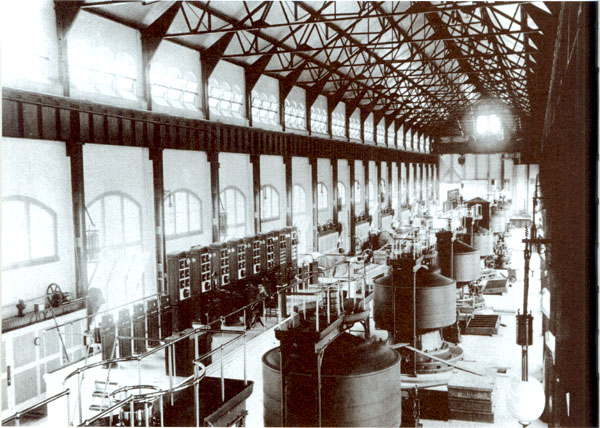
Interior of Edward Dean Adams power station at Niagara.
SOURCE: Tesla Society, 1896.
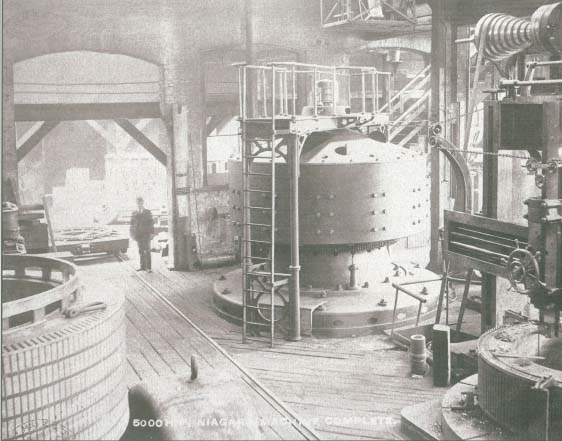
Interior of Power House No. 1 of the Niagara Falls Power Company
SOURCE: Tesla Society, 1896.
Another short-term impact after the Exposition was that having seen what innovation can do, people were starting to believe that "improving and modernizing American cities was probable and practical."
The scale of the Fair’s electric display was unsurpassed at the time. Electricity was still a novel concept to many people, and only a small portion of the population had electricity in their homes in 1893. The White House had electricity installed only two years prior. According to Burg, “The exposition comprised the largest electrical exhibit and the greatest employment of electrical energy in the nineteenth century.” The Fair employed sixteen generators driven by fifteen engines, which meant the central plant in the Machinery Hall was capable of simultaneously lighting “172,000 16-candle-power incandescent lights.” Rossiter Johnson claimed that the plant was “two or three times as great as that then in existence in the business district of the city of Chicago.” If such grand scale electric, water, and sewage works could be created for a world’s fair, then the possibility for improving and modernizing American cities was probable and practical.
- Tamara Wolski, "The World's Columbian Exposition's Lasting Effect on Chicago, 2010.